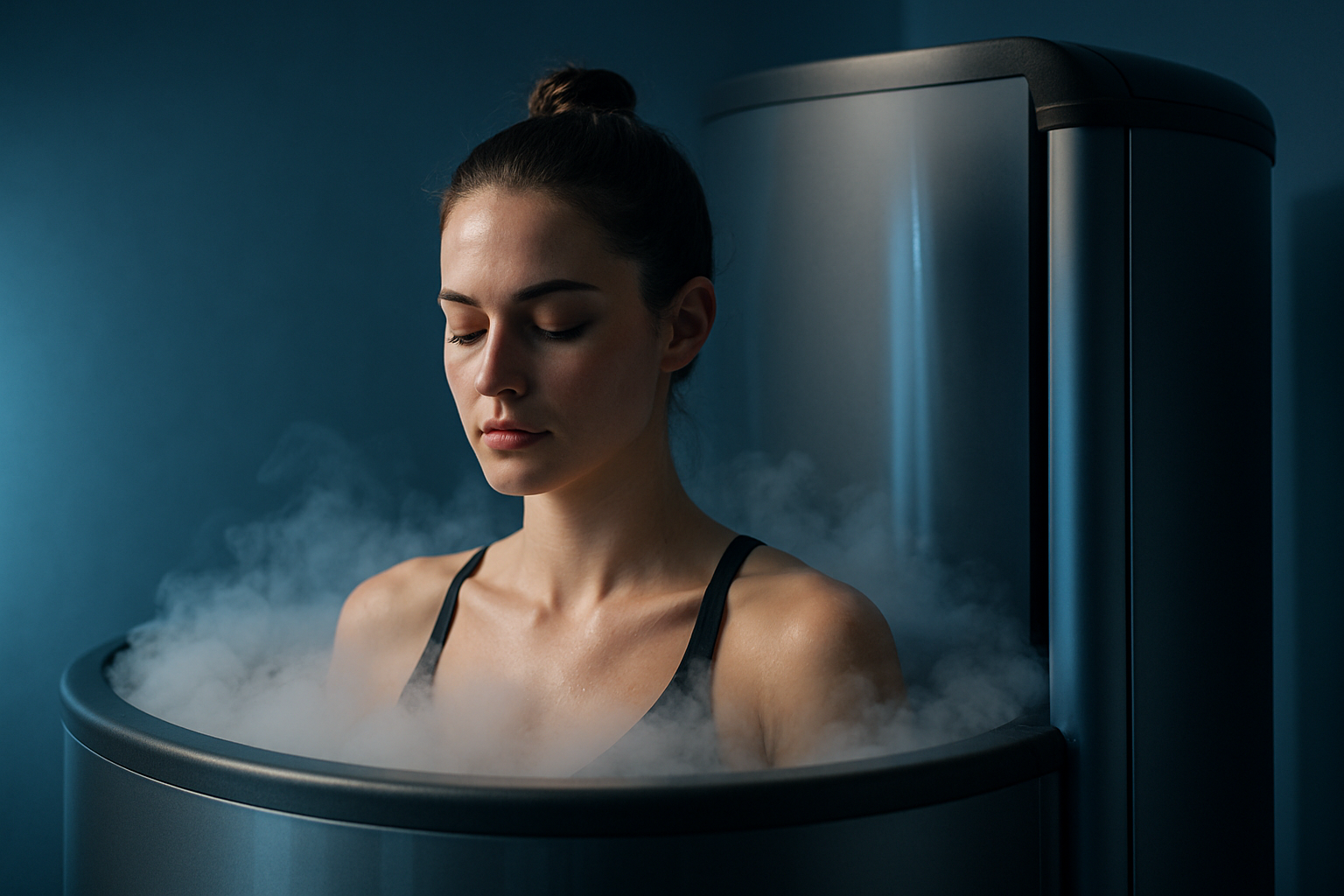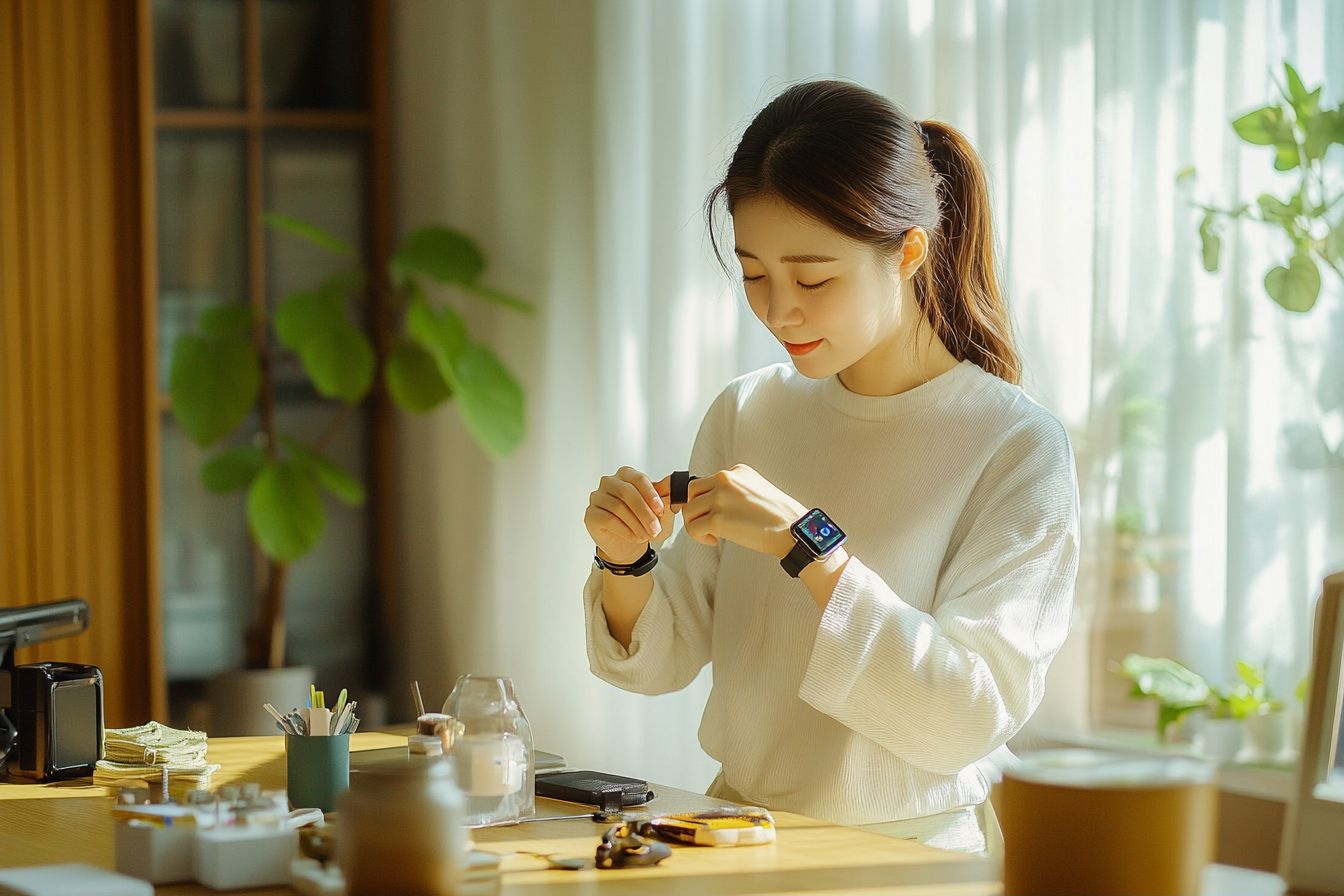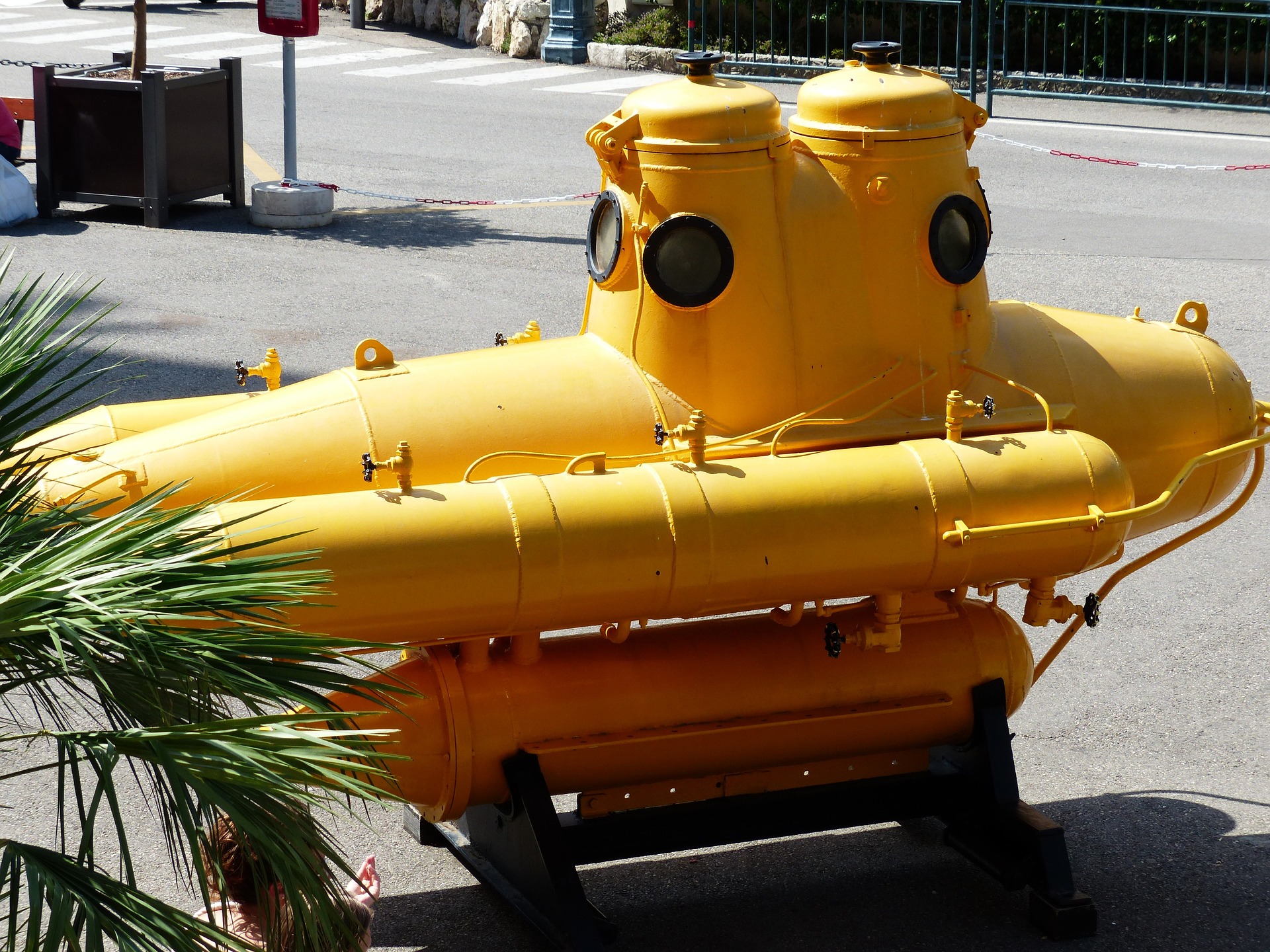Cryotherapy: The Cold Revolution in Beauty and Fitness
The allure of subzero temperatures has captivated the beauty and fitness world, ushering in a new era of wellness practices. Cryotherapy, once reserved for elite athletes and medical treatments, has emerged as a cutting-edge technique promising a myriad of benefits for both appearance and physical performance. This innovative approach harnesses the power of extreme cold to stimulate the body's natural healing processes, offering a unique blend of beauty enhancement and fitness optimization. As more individuals seek holistic methods to improve their well-being, cryotherapy stands at the forefront of a chilling revolution that's reshaping our understanding of self-care and physical rejuvenation.

The scientific principle underlying cryotherapy is based on the body’s natural reaction to extreme cold. As the skin’s temperature plummets, thermoreceptors signal the brain to initiate a series of protective measures. Blood vessels constrict to minimize heat loss, and the body releases endorphins and anti-inflammatory proteins. When the session ends and normal temperatures return, blood enriched with oxygen and nutrients floods back to the extremities, potentially accelerating healing processes and boosting overall circulation.
From Medical Treatment to Beauty Regimen
Cryotherapy’s journey from medical treatment to beauty and fitness phenomenon is a testament to its versatility. Originally developed in Japan in the 1970s to treat rheumatoid arthritis, the technique quickly gained traction in sports medicine for its ability to reduce inflammation and accelerate recovery. Athletes embraced cryotherapy as a means to enhance performance and shorten rehabilitation periods after intense training or injuries.
The transition to the beauty industry began as researchers discovered the potential skin benefits of controlled cold exposure. Studies suggested that cryotherapy could stimulate collagen production, tighten pores, and improve skin elasticity. These findings sparked interest among skincare professionals and led to the development of localized cryotherapy treatments for facial rejuvenation and body contouring.
Aesthetic Applications: More Than Skin Deep
In the realm of beauty, cryotherapy has carved out a niche as a non-invasive alternative to traditional cosmetic procedures. Facial cryotherapy, often referred to as “cryo facials,” involves applying a controlled stream of vaporized liquid nitrogen to the face and neck. This process is believed to boost circulation, reduce puffiness, and create a more radiant complexion. Some practitioners claim that regular cryotherapy sessions can help minimize the appearance of fine lines and wrinkles by stimulating collagen synthesis.
Body contouring through cryotherapy has also gained popularity. Targeted cold therapy is used to reduce localized fat deposits in a process called cryolipolysis. This technique works by cooling fat cells to a temperature that triggers their natural death, after which the body gradually eliminates them. While not a substitute for diet and exercise, cryolipolysis offers a non-surgical option for those seeking to refine body contours.
Fitness Enhancement: Chilling for Peak Performance
The fitness industry has embraced cryotherapy as a recovery tool and performance enhancer. Many professional athletes and fitness enthusiasts incorporate whole-body cryotherapy into their training regimens, citing benefits such as reduced muscle soreness, improved recovery times, and increased energy levels. The extreme cold is thought to decrease inflammation and oxidative stress, potentially allowing for more frequent and intense workouts.
Some studies suggest that cryotherapy may also boost metabolism and aid in weight management. The body’s effort to rewarm itself after exposure to extreme cold can burn a significant number of calories. Additionally, the release of norepinephrine during cryotherapy sessions may help regulate appetite and increase fat oxidation.
The Cryotherapy Experience: What to Expect
For those new to cryotherapy, the experience can be both exhilarating and intimidating. Whole-body cryotherapy sessions typically take place in a standing chamber that exposes the body to ultra-low temperatures while keeping the head outside. Participants wear minimal clothing, such as shorts and protective gloves and socks, to maximize skin exposure to the cold air.
As the chamber fills with nitrogen vapor, the temperature rapidly drops. Many describe the sensation as an intense cold that is surprisingly tolerable due to the dry nature of the air. The short duration of the session, usually no more than three minutes, prevents any risk of tissue damage. After exiting the chamber, participants often report feeling invigorated, with a rush of endorphins and increased alertness.
Navigating the Risks and Regulations
While cryotherapy has gained widespread popularity, it’s not without controversy. The U.S. Food and Drug Administration (FDA) has not cleared or approved whole-body cryotherapy devices for medical treatment of any specific condition. Critics argue that more research is needed to fully understand the long-term effects and potential risks of regular cryotherapy use.
Safety concerns primarily revolve around proper administration and monitoring of cryotherapy sessions. Prolonged exposure to extreme cold can lead to frostbite or other tissue damage if not carefully controlled. Individuals with certain health conditions, such as high blood pressure, heart problems, or pregnancy, are generally advised to avoid cryotherapy.
As the industry grows, calls for standardization and regulation have increased. Many practitioners and facilities are working to establish best practices and safety protocols to ensure that cryotherapy remains a safe and effective option for those seeking its benefits.
The Future of Cryotherapy in Beauty and Fitness
As research continues and technology advances, the applications of cryotherapy in beauty and fitness are likely to expand. Innovations in targeted cryotherapy devices may lead to more precise and personalized treatments. The integration of cryotherapy with other wellness practices, such as massage therapy or nutritional counseling, could create comprehensive health and beauty programs.
The growing interest in non-invasive, holistic approaches to wellness suggests that cryotherapy will continue to play a significant role in the beauty and fitness landscape. As more people seek alternatives to traditional cosmetic procedures and pharmaceutical interventions, cryotherapy’s promise of natural rejuvenation and performance enhancement is likely to attract an even wider audience.
In conclusion, cryotherapy represents a fascinating intersection of science, beauty, and fitness. Its journey from medical treatment to wellness phenomenon illustrates the evolving nature of self-care and the increasing desire for innovative, multifaceted approaches to health and beauty. As research progresses and techniques refine, cryotherapy may well solidify its position as a cornerstone of modern wellness practices, offering those willing to brave the cold a unique path to enhanced beauty and peak physical performance.





